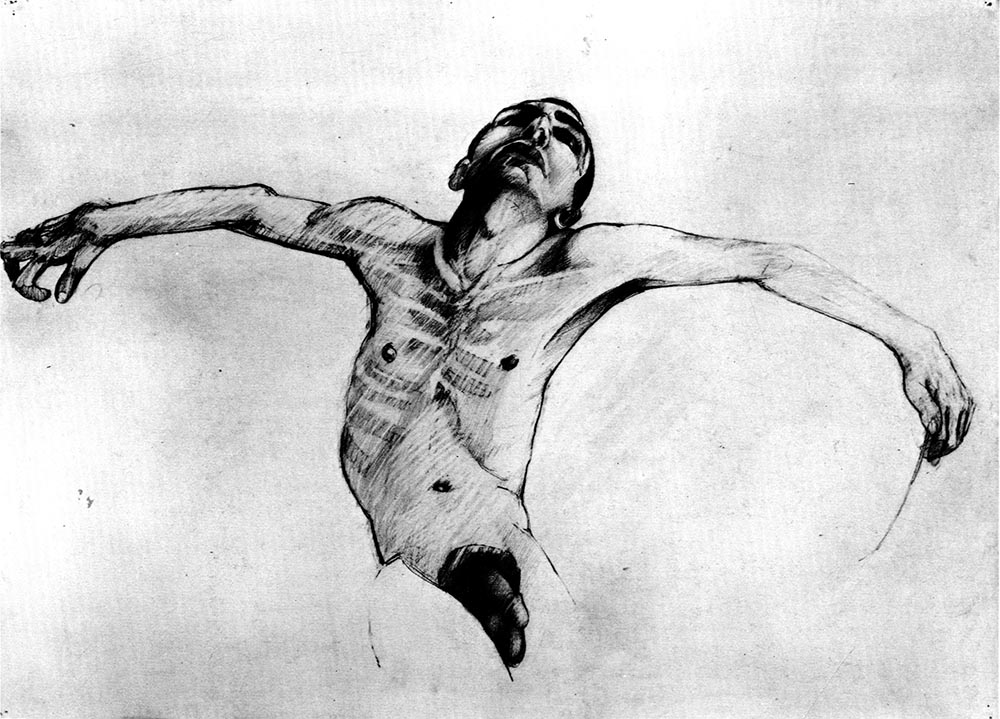Camberwell’s MA Conservation students Summer Show is four weeks away. We spoke with 2nd Year student Bethia Grice, from Gloucestershire about her project and time at Camberwell. Bethia is conserving three prints loaned by The Royal Asiatic Society, Bethia specialised in Art on Paper which is part of the Art on Paper and Books pathway.
What did you do before joining the MA Conservation course at Camberwell?
I did my BA in Brighton in three-dimensional crafts and have always been a maker in one form or another. I worked in the Fine Art world for eight years framing for large galleries, specialising in mounting and art handling, I also managed the studio for three years. I then chose to go freelance and also work as a Fine Art conservator’s assistant in a private practice, which lead me on to the MA course at Camberwell.
Describe your practice:
I am really interested in working with contemporary art as it is such a diverse and interesting area and I am interested in the bridge between conservation and framing in the private sector. I do also have a love of South Asian art on paper and would like to specialise more in that area. Primarily I like to do bench work and to be working with my hands in the studio, but I also love the problem solving and team work in bigger projects.
What are you currently working on?
For my final project I really want to further my skills and understanding of consolidating pigments, as it is a common and crucial treatment with many artworks on paper. Working on three Indian miniatures from Rajasthan, loaned to me for this project, has nicely combined my love for this type of artwork and an in depth study and practice into consolidation techniques. The type of media used, opaque watercolour, and the application techniques renders the surface very sensitive to this type of treatment so has been an interesting challenge. Understanding artist motives, methods and materials is a huge part of conservation and the investigation into the Rajasthani miniatures and the culture has been a fascinating journey. The project has also been a good exercise in institutional and professional relations and overall project managing.
How has studying at Camberwell informed or influenced your art/design practice?
Working in an environment surrounded by artists and fellow conservation students inspires you to look at many avenues that you may not of thought of before. The class is so diverse in its interests, skills and backgrounds that you can learn as much from them as from the course structure itself. A huge amount of knowledge and new topics is packed into the two years, which gives you a great platform for further practice and learning once you graduate. The course is fairly evenly divided between practical skills and more academic learning, which is always a hard balance to find. I have learnt a huge number of techniques, although everything you learn just shows you how much more you have to learn. Having worked in the industry for a number of years before I already had a good idea of the direction I wanted my practice to develop in and the course has affirmed that. The placement element of the course has been particularly rewarding and has given us the opportunity to build good relations within the profession. Much of what we have learnt has been new to me, however it has felt like a very natural progression.
What are you future plans?
I have some interesting projects coming up in the summer, some related to my past work and some directly from a connection that I made from the course. I have no specific plans after that, as of yet, but will be working towards getting lots more experience working with artwork and keeping my eyes open for good opportunities. I am generally fairly open minded in what will come next.
It’s almost showtime, tell us about your preparations:
The preparation for the show I think is much less daunting as a process for me than some others, as much of the practical aspects are already in my field of expertise from my previous work. Everyone is extremely busy but there is very much an atmosphere of team work and supporting each other. I think for us now the Symposium is the biggest thing on everyone’s mind. The technical staff have been amazing, so supportive and taking care of many things that would otherwise have been a stress and taken our focus from our work. I can’t wait to see everyone’s projects up together and I enjoy the curatorial side of the show as a whole.
Do you have any summer plans?
Well earning some money to start, and then hopefully towards the end of the summer traveling India for a while. To be honest I will miss being in the studio with my class mates a lot and it will take some getting used to when we finish, but I am excited to see what opportunities come up in the near future. Oh and putting together a portfolio will be a good part of the summer I think.
And finally do you have any advice to students looking to start the MA Conservation course at Camberwell?
Be open minded but make sure you drive your studies in the direction you are interested in so that you get the most out of it. The time flies by so quickly so make sure you enjoy it and don’t spend too much time stressed. Find a way of working that suits you rather than trying to follow others methods.
Related links:




